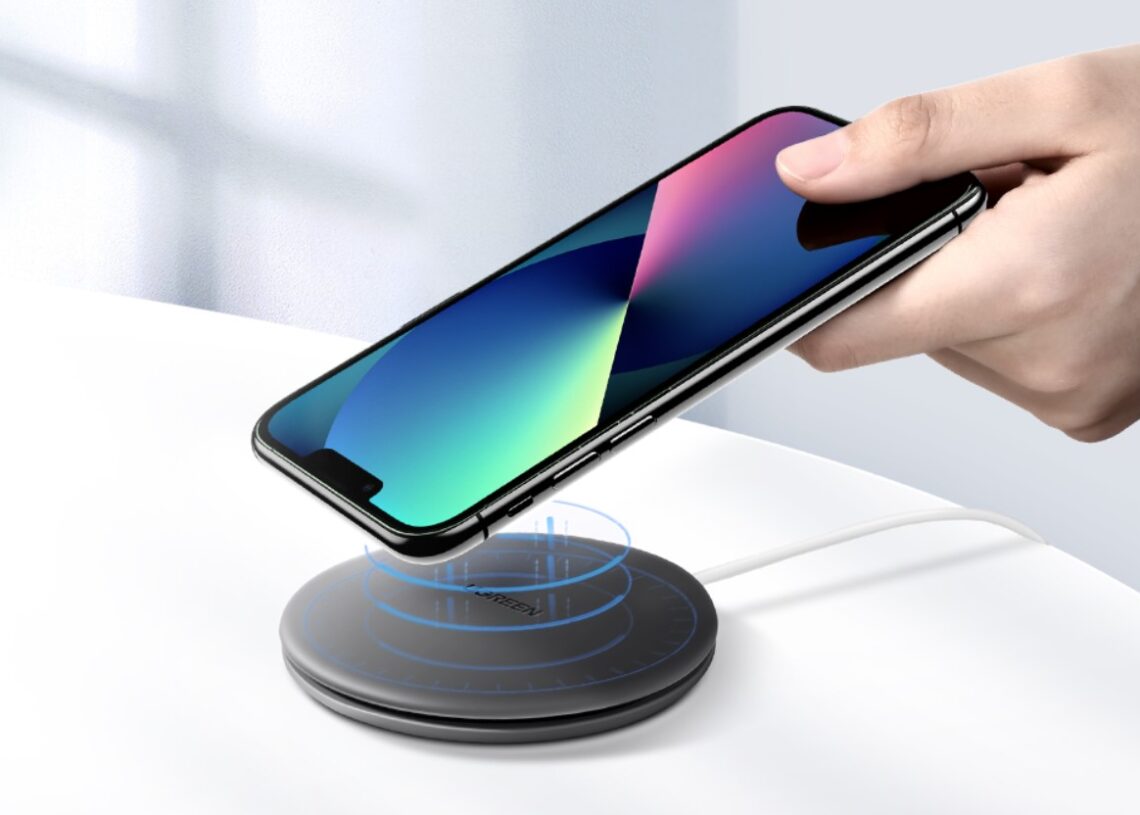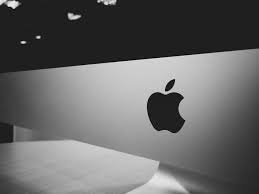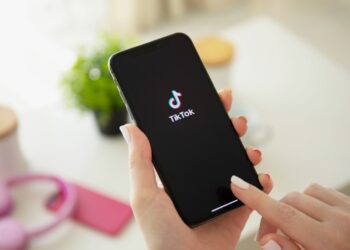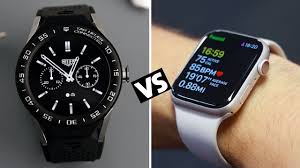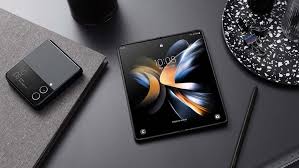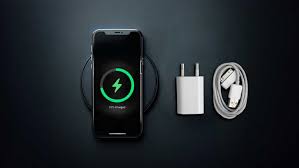 Wireless charging has become a convenient feature in modern smartphones, eliminating the need for cables and ports. However, beneath its sleek and effortless appeal lie several hidden dangers that many users overlook. From reduced battery lifespan to potential health concerns, this article uncovers the lesser-known risks of wireless charging and provides practical tips to use it safely.
Wireless charging has become a convenient feature in modern smartphones, eliminating the need for cables and ports. However, beneath its sleek and effortless appeal lie several hidden dangers that many users overlook. From reduced battery lifespan to potential health concerns, this article uncovers the lesser-known risks of wireless charging and provides practical tips to use it safely.
A. How Wireless Charging Works
Wireless charging, or inductive charging, uses electromagnetic fields to transfer energy between two coils:
-
Transmitter (Charging Pad) – Generates an alternating electromagnetic field.
-
Receiver (Phone) – Converts the field back into electrical energy to charge the battery.
While convenient, this process introduces several risks compared to traditional wired charging.
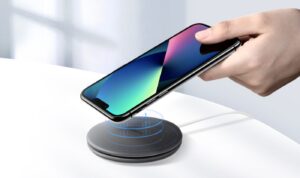
B. The Hidden Dangers of Wireless Charging
1. Battery Degradation & Heat Damage
-
Excessive Heat Generation – Wireless charging is less efficient, causing more heat buildup, which accelerates battery wear.
-
Continuous Charging Cycles – Many users leave phones on charging pads overnight, keeping the battery at 100% for extended periods, which degrades lithium-ion cells faster.
-
Reduced Lifespan – Studies show wireless charging can decrease battery health 20-30% faster than wired charging over two years.
2. Slower Charging Speeds
-
Energy Loss – Wireless charging loses up to 40% of energy as heat, making it slower than wired alternatives.
-
Misalignment Issues – If the phone isn’t perfectly centered, charging efficiency drops further.
3. Electromagnetic Field (EMF) Exposure
-
Potential Health Concerns – While research is inconclusive, long-term exposure to EMFs has raised concerns about cellular stress and radiation risks.
-
Interference with Medical Devices – Pacemakers and hearing aids may be affected by strong EMF fields.
4. Fire & Safety Hazards
-
Overheating Risks – Poor-quality chargers or metal objects near the pad can cause overheating or fires.
-
Foreign Object Detection Failures – Some cheap chargers don’t detect coins or keys, leading to energy waste or heat damage.
5. Compatibility & Efficiency Issues
-
Qi Standard Limitations – Not all devices support fast wireless charging, leading to inconsistent speeds.
-
Case Interference – Thick or metal phone cases can block charging efficiency.
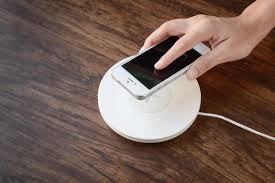
C. How to Use Wireless Charging Safely
1. Avoid Overnight Charging
-
Use a timer plug to stop charging after reaching 80-90%.
-
Opt for wired charging if leaving the phone plugged in for long periods.
2. Keep the Phone Cool
-
Remove thick cases while charging.
-
Place the charger in a well-ventilated area.
3. Choose High-Quality Chargers
-
Look for Qi-certified chargers with proper safety features.
-
Avoid cheap, uncertified brands that may lack overheat protection.
4. Limit Continuous Use
-
Use wireless charging sparingly—reserve it for convenience rather than daily primary charging.
-
Switch to wired charging for faster, cooler power delivery.
5. Be Mindful of EMF Exposure
-
Keep charging pads away from beds or workspaces where you spend long hours.
-
Prefer wired charging in low-EMF environments (e.g., bedrooms).
D. The Future of Wireless Charging
Manufacturers are working on solutions to mitigate risks:
-
Improved Cooling Systems – Samsung and Apple are developing better heat dissipation.
-
Long-Distance Charging – Emerging tech could reduce direct contact risks.
-
Smart Charging AI – Future pads may optimize charging cycles to preserve battery health.
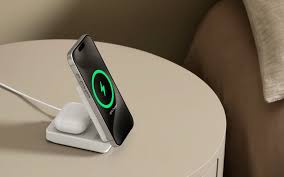
Conclusion
Wireless charging offers undeniable convenience, but its hidden dangers—battery degradation, heat issues, and potential EMF exposure—should not be ignored. By following safe charging practices and understanding the risks, users can enjoy the benefits without compromising their device’s longevity or personal health.

